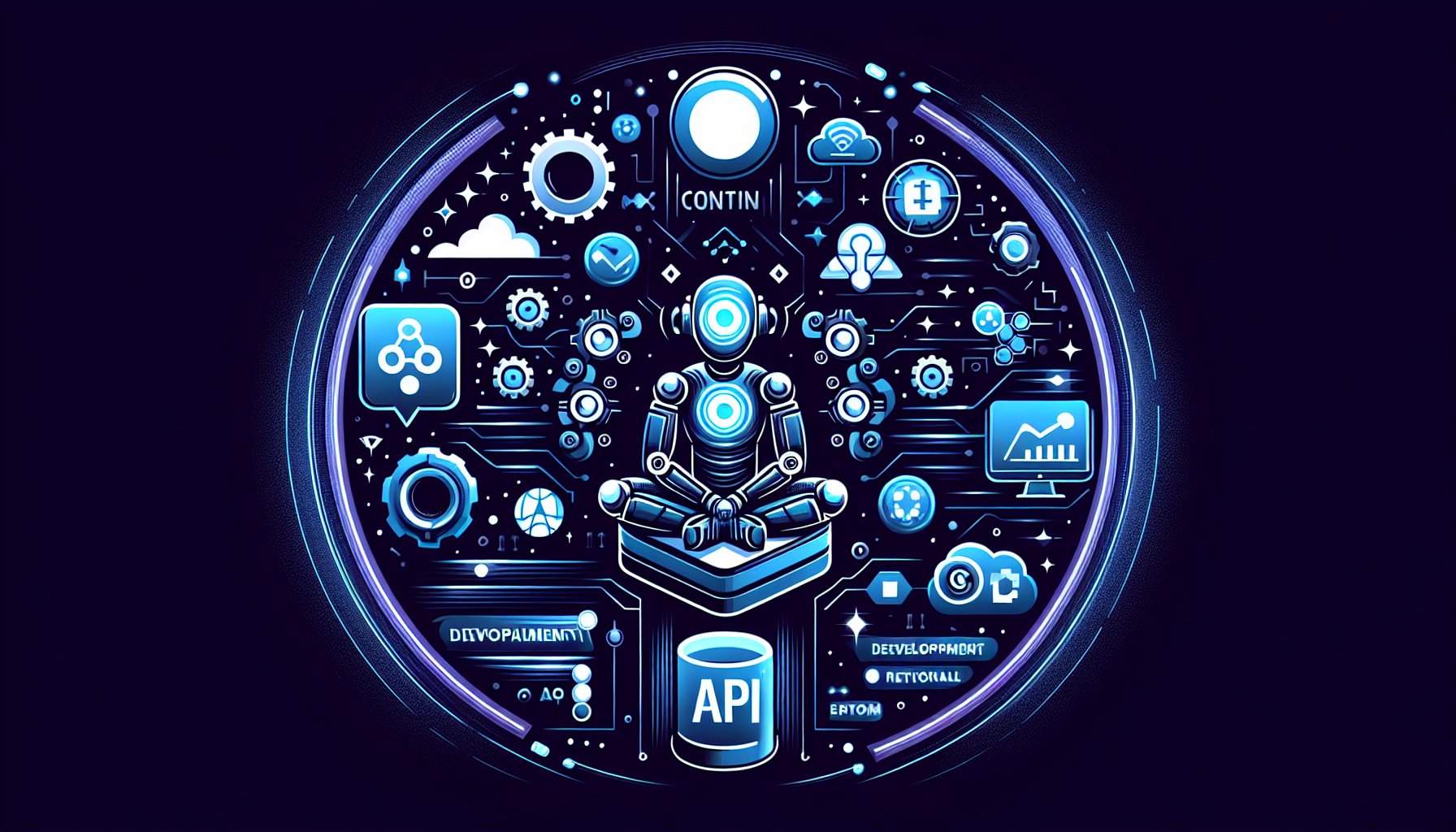Introduction
The digital world is continuously evolving, and API (Application Programming Interface) development remains at the core of this transformation. APIs act as the building blocks of modern software, enabling different systems to communicate and share data seamlessly. This blog post will dive into the latest trends and techniques in API development, focusing on how to build efficient, secure, and forward-compatible APIs.
Microservices Architecture
Microservices architecture has revolutionized the way we design and implement APIs. Instead of a monolithic design, we can now break down the application into smaller, independent services that communicate with each other through APIs. This approach enhances scalability, facilitates the continuous delivery and deployment of large, complex applications, and ensures each component can be updated independently without disrupting the entire system.
Serverless APIs
Serverless architecture has emerged as a significant trend in API development. With serverless APIs, you can write and deploy code without worrying about the underlying infrastructure. It allows developers to focus more on the business logic rather than the operational overhead. The cloud provider handles the server management and capacity planning, ensuring a high level of scalability and availability.
GraphQL vs RESTful APIs
GraphQL, a query language developed by Facebook, has challenged the dominance of RESTful APIs. Unlike REST, which requires loading from multiple URLs, GraphQL APIs load data from a single endpoint, reducing the amount of data transferred over the network and improving performance. Furthermore, GraphQL allows clients to specify exactly what data they require, which can significantly reduce the amount of unnecessary data transfer.
Enhancing API Security
In today’s digital landscape, API security is more important than ever. Developers need to implement robust authentication and authorization mechanisms, such as OAuth 2.0 and OpenID Connect. In addition, rate limiting and throttling can help protect your API from DoS attacks or brute force attempts. Encryption, both in transit and at rest, is also crucial to protect sensitive data.
API Documentation and Testing
API documentation and testing are critical aspects of API development. Automated tools like Swagger or Postman can generate interactive API documentation that’s easy for developers to understand and use. Automated testing, using frameworks such as Mocha and Chai, can help catch bugs and errors early in the development process, ensuring the reliability and stability of the API.
Conclusion
API development is an essential skill in today's high-tech world. By staying informed about the latest trends and best practices—like microservices, serverless APIs, GraphQL, and advanced security measures—you can build robust, efficient, and secure APIs. Remember, the future of API development is about more than just making systems talk to each other; it's about building a seamless, interconnected digital ecosystem that can adapt and evolve with the ever-changing tech landscape.
